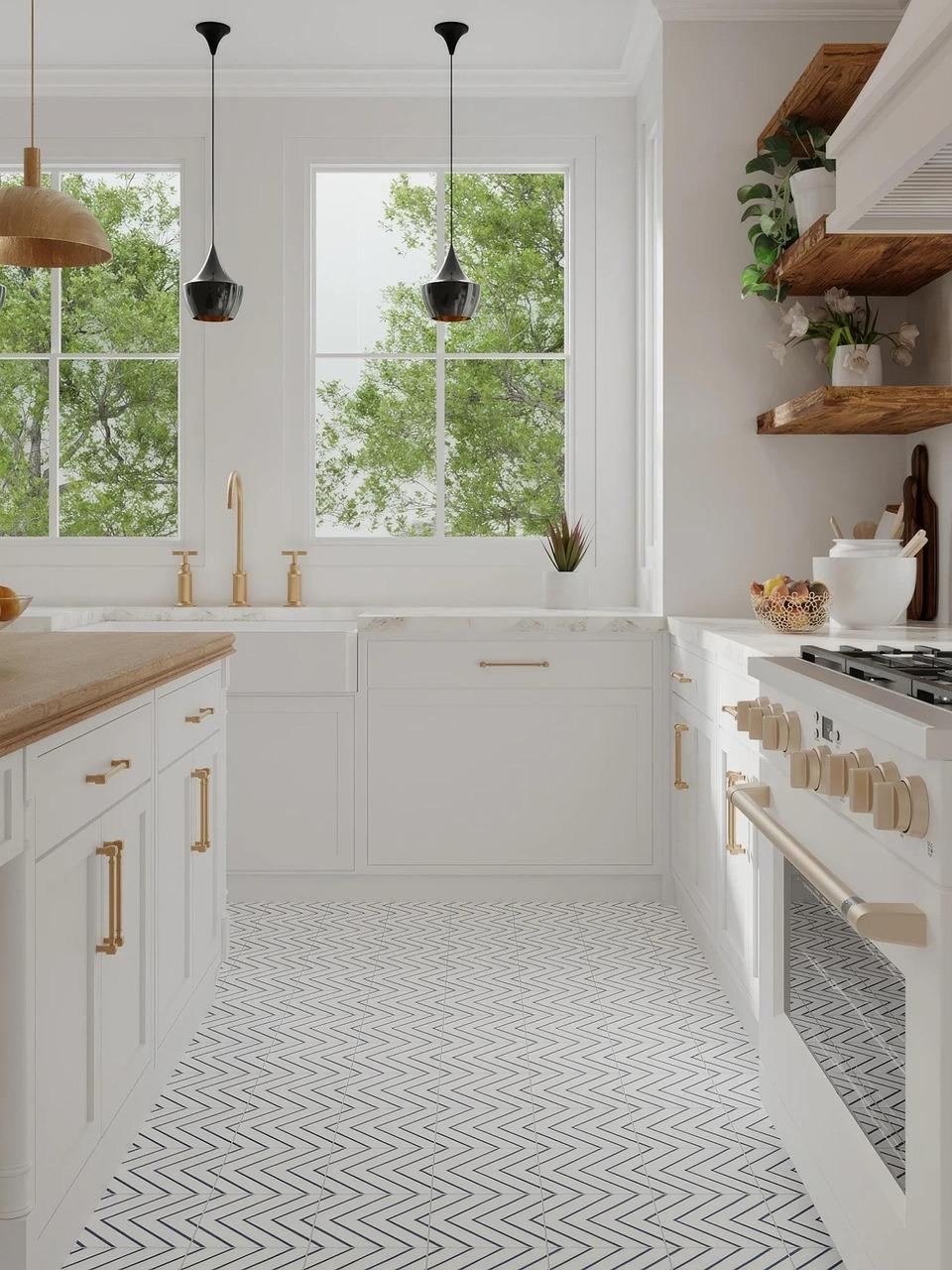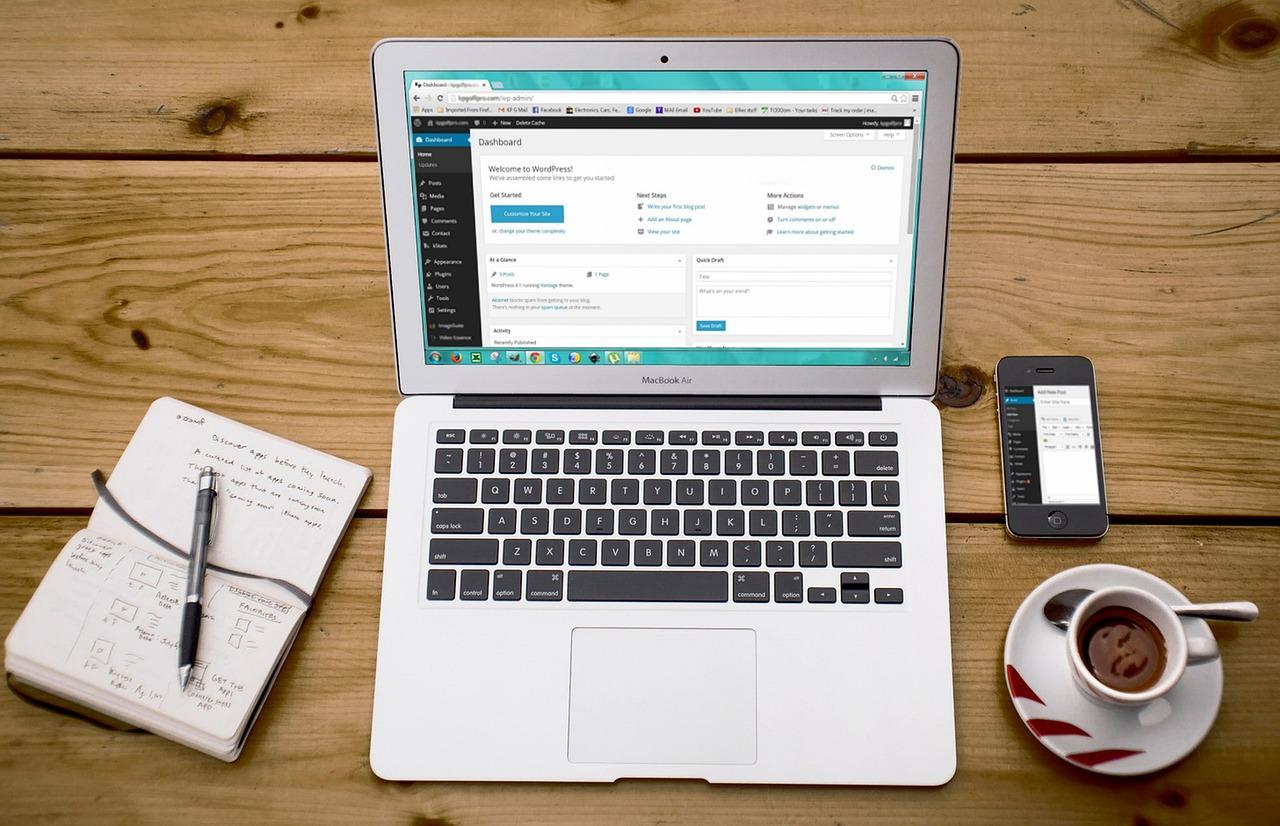Choosing a WordPress theme in 2025? Focus on responsiveness, speed, and customization options. Look for designs that enhance user experience and incorporate the latest trends. A well-chosen theme can elevate your website and engage your audience effectively!
How to Choose a WordPress Theme for Your Website in 2025?
Are you ready to transform your online presence in 2025? Choosing the right WordPress theme is one of the most crucial steps in creating a stunning and effective website. With countless options available, it can feel overwhelming to find the perfect match for your brand and goals. But fear not! In this guide, we’ll walk you through the essentials of selecting a WordPress theme that not only reflects your unique style but also enhances user experience and boosts engagement. Whether you’re a blogger, a business owner, or a creative professional, we’ll help you navigate the latest trends and features that will set your site apart from the rest. Let’s dive into the world of WordPress themes and discover how to make an informed choice that will elevate your website to new heights!
Understanding Your Websites Purpose and Audience
Before diving into the myriad options available for WordPress themes, it’s crucial to pinpoint the core purpose of your website and who it’s intended for. This understanding will guide your choices, ensuring that the theme you select enhances the user experience rather than hinder it.
Start by asking yourself a few key questions:
- What is the primary goal of your website? Is it to sell products, share information, showcase your portfolio, or perhaps run a blog?
- Who are your target visitors? Consider their demographics, interests, and what they are looking for when they land on your site.
- What kind of content will you publish? Will it be visual-heavy, text-focused, or a mix of both? Your content type can greatly influence theme selection.
Once you have clarity on these points, it’s time to align your theme with your audience’s expectations. For example, a theme designed for a creative portfolio should offer stunning visuals and gallery options, whereas an e-commerce site requires features like product listings, shopping carts, and secure checkout processes. Make sure your chosen theme:
- Provides intuitive navigation that enhances user experience.
- Is mobile-responsive, as a significant portion of web traffic comes from mobile devices.
- Supports SEO best practices to help your audience find you easily.
To further refine your choices, consider creating a simple comparison table to weigh the features of potential themes against your needs:
| Theme Name | Primary Purpose | Key Features | Responsive Design |
|---|---|---|---|
| Theme A | Portfolio | Image galleries, animation effects | Yes |
| Theme B | E-commerce | Product pages, shopping cart | Yes |
| Theme C | Blog | Post formats, social sharing | Yes |
Remember, the right theme should not only reflect your brand ethos but also resonate with your audience’s preferences. By taking the time to understand your website’s purpose and audience, you’ll set a solid foundation for making an informed theme choice that elevates your online presence in 2025.
Exploring the Latest Design Trends for 2025
As we delve into the design landscape of 2025, it’s evident that choosing the right WordPress theme is more crucial than ever. With the dynamic shifts in aesthetics and functionality, aligning your website’s design with current trends can significantly enhance user experience and engagement. Here are some key elements to consider:
- Minimalism with Impact: The minimalist design continues to reign supreme, but with a twist. Look for themes that incorporate bold typography and vibrant color accents to draw attention without overwhelming the user.
- Dark Mode: With a growing preference for dark-themed interfaces, choosing a theme that offers a seamless dark mode toggle can improve readability and aesthetic appeal, especially in low-light environments.
- Interactive Elements: Incorporate themes that provide interactive features such as hover effects, animated transitions, and micro-interactions that engage users and keep them exploring your site.
Another trend gaining traction is the focus on mobile-first design. With mobile usage continuously on the rise, it’s essential that your chosen theme is responsive, ensuring that every element of your website is optimized for smaller screens. A theme that prioritizes mobile design can drastically improve your site’s accessibility and user retention.
Furthermore, consider the use of customization options. A versatile theme that allows for easy tweaks to colors, layouts, and features without needing extensive coding knowledge can save you time and enable you to maintain a fresh look without ongoing costs. Look for themes that integrate well with popular page builders for added flexibility.
Here’s a quick comparison table of some popular WordPress themes for 2025:
| Theme Name | Key Features | Best For |
|---|---|---|
| Neve | Lightweight, mobile-first, customizable | Small businesses and blogs |
| Astra | Fast, flexible, WooCommerce integration | E-commerce sites |
| OceanWP | Responsive, SEO-friendly, demo imports | Portfolios and personal sites |
Lastly, pay attention to SEO optimization. A theme that’s designed with SEO best practices in mind will not only improve your site’s visibility but also enhance overall performance. Look for themes that offer clean code, fast loading times, and schema markup support.
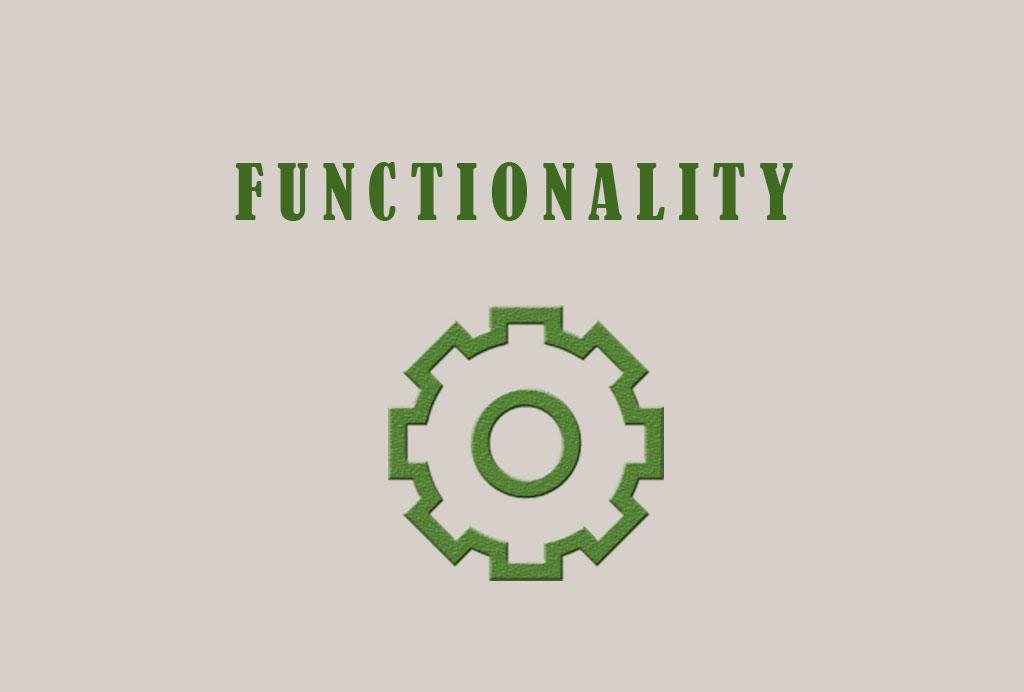
Evaluating Functionality: What Features Do You Really Need?
When choosing a WordPress theme for your website, diving deep into the functionality it offers is crucial. Not all themes are created equal, and understanding what features you genuinely need can make all the difference in your site’s performance and user experience.
Start by considering the primary purpose of your website. Are you building an e-commerce site, a blog, or a portfolio? Each type of website requires different functionalities. Outline your goals and align them with the features the theme offers. Here are some essential functionalities to look for:
- Responsive Design: Ensure your theme looks great on all devices, from desktops to smartphones.
- SEO Optimization: A good theme should be optimized for search engines to help improve your site’s visibility.
- Customization Options: Look for themes that allow you to customize layouts, colors, and fonts easily without needing to code.
- Support for Plugins: Choose a theme that supports essential plugins like WooCommerce, Yoast SEO, and Contact Form 7.
Next, think about the aesthetic features that resonate with your brand. Visual appeal plays a significant role in user engagement. Ensure your selected theme provides:
- Multiple Layout Options: Flexibility in layout can help you showcase your content better.
- Intuitive Navigation: Easy navigation enhances user experience, making it easier for your visitors to find what they need.
- High-Quality Graphic Elements: Look for themes that come with pre-designed graphics and icons to save time and maintain quality.
it’s beneficial to consider the long-term implications of your theme choice. Will the theme be supported and updated regularly? Check the developer’s reputation and user reviews. A poorly supported theme could lead to security vulnerabilities and compatibility issues down the line.
| Feature | Importance | Example Themes |
|---|---|---|
| Responsive Design | Crucial for mobile users | Divi, Astra |
| SEO Optimization | Improves visibility | Genesis, Schema |
| Customization Options | Personalized branding | OceanWP, Elementor |
By evaluating the necessary functionalities aligned with your website’s goals, you can make a well-informed decision. Remember, the right theme is one that not only meets your present needs but also grows alongside your website’s ambitions.
Prioritizing Mobile Responsiveness for a Seamless Experience
When selecting a WordPress theme in 2025, one of the most crucial factors to consider is its mobile responsiveness. With an increasing number of users browsing the web via smartphones and tablets, ensuring that your website looks and functions well on smaller screens is not just a luxury; it’s a necessity.
Modern WordPress themes come with built-in responsive design capabilities, which automatically adjust content to fit any screen size. Here are some key features to look for:
- Fluid Grids: These allow the layout to adapt to the size of the user’s device, ensuring a consistent experience.
- Flexible Images: Images that resize within their containing elements prevent overflow and maintain visual integrity.
- Media Queries: These CSS techniques help apply different styles based on the device’s characteristics, enhancing usability and aesthetics.
To evaluate a theme’s mobile responsiveness effectively, you can utilize various online tools and resources. For example, Google’s Mobile-Friendly Test provides insights into how well your site performs on mobile devices. Additionally, consider testing the theme on multiple devices to see the actual user experience firsthand.
Another important aspect is the loading speed of mobile pages. Users expect quick access to content, and a slow-loading site can lead to high bounce rates. When choosing a theme, check if it optimizes images and uses minimal scripts that can slow down performance on mobile networks.
Here’s a simple comparison table to help identify themes based on their mobile responsiveness features:
| Theme Name | Responsive Design | Image Optimization | Loading Speed (Mobile) |
|---|---|---|---|
| Theme A | Yes | Yes | Fast |
| Theme B | Yes | No | Medium |
| Theme C | No | No | Slow |
By prioritizing mobile responsiveness, you not only enhance user satisfaction but also boost your site’s SEO ranking. Search engines favor mobile-friendly sites, which means that the right theme can lead to improved visibility and traffic. So, take the time to choose a theme that aligns with these essential characteristics for a seamless mobile experience.
Assessing Customization Options to Make It Your Own
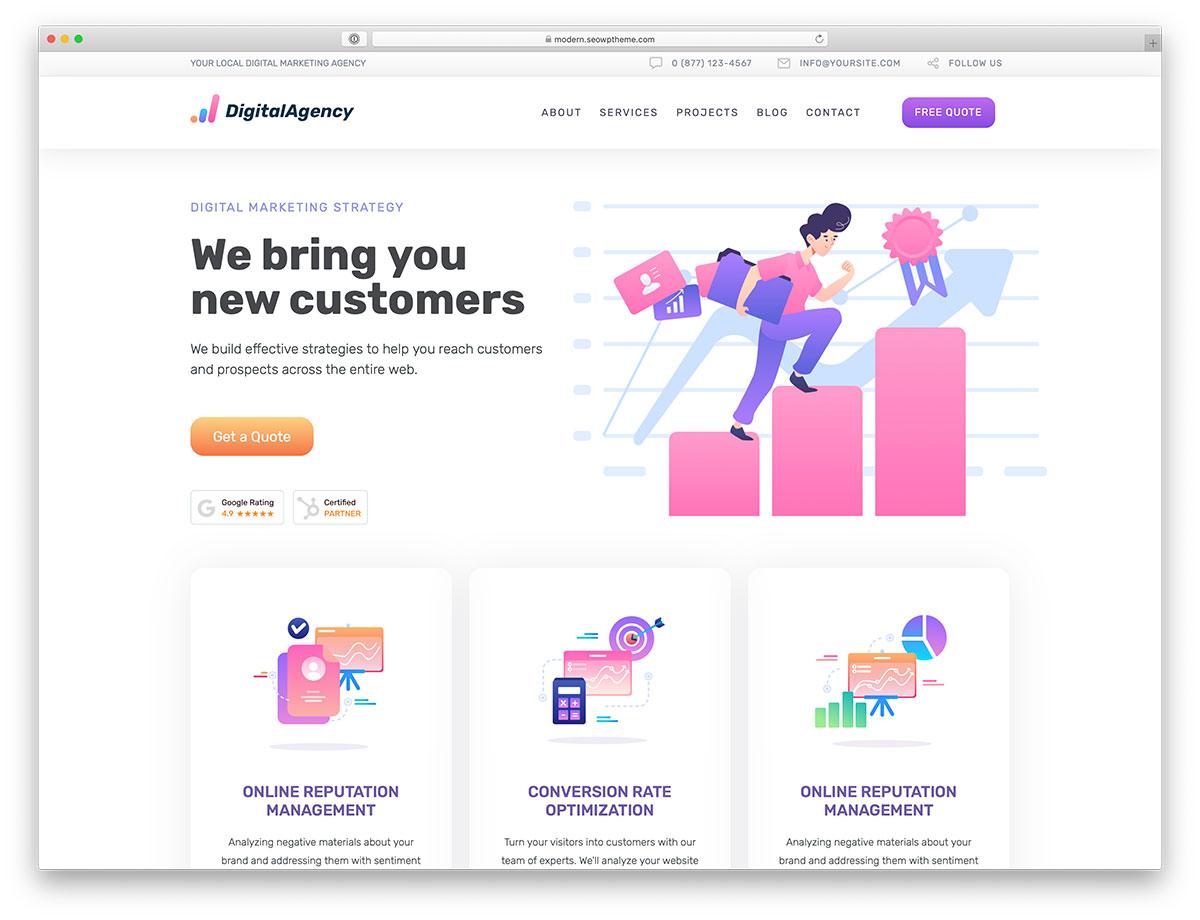
The Importance of SEO-Friendly Themes for Better Visibility
When selecting a WordPress theme, one of the most critical factors to consider is its SEO-friendliness. A theme that prioritizes search engine optimization can greatly enhance your website’s visibility in search results, making it easier for potential visitors to find you. But what exactly makes a theme SEO-friendly? Let’s explore some essential elements.
Fast Loading Speeds
Page speed is a significant ranking factor for search engines like Google. A well-coded theme should be optimized for performance, ensuring quick load times. Look for themes that are lightweight and avoid excessive use of heavy scripts or unnecessary plugins. You can test the speed of a theme using tools like Google PageSpeed Insights.
Responsive Design
In today’s mobile-first world, it’s crucial to choose a theme that is fully responsive. This means your website should look great and function well on all devices, from desktops to smartphones. A responsive design not only improves user experience but also helps with rankings in search engine results. Google favors mobile-friendly sites, making this a non-negotiable feature for your theme.
Clean Code and Structure
SEO-friendly themes usually come with clean, organized code that facilitates search engine crawling and indexing. Themes that follow the latest web standards, including HTML5 and CSS3, can significantly enhance your SEO efforts. Additionally, a good theme should provide structured data support, helping search engines understand your content better.
Schema Markup Integration
Schema markup is a powerful tool for improving your website’s visibility. An SEO-friendly theme should allow easy integration of schema markup, which helps search engines deliver rich snippets and better results. This enhanced visibility can lead to higher click-through rates (CTR) and more organic traffic.
Optimized for Keywords and Meta Tags
The ideal theme should provide options for customizing title tags, meta descriptions, and other essential SEO elements. Look for themes that integrate seamlessly with popular SEO plugins like Yoast SEO or All in One SEO Pack. This will allow you to optimize your content effectively, making it more discoverable by search engines.
prioritizing SEO-friendly themes not only sets a solid foundation for your website but also plays a significant role in your overall digital marketing strategy. By focusing on speed, responsiveness, clean code, schema markup, and keyword optimization, you’ll be taking a significant step toward boosting your website’s visibility in the crowded online landscape.
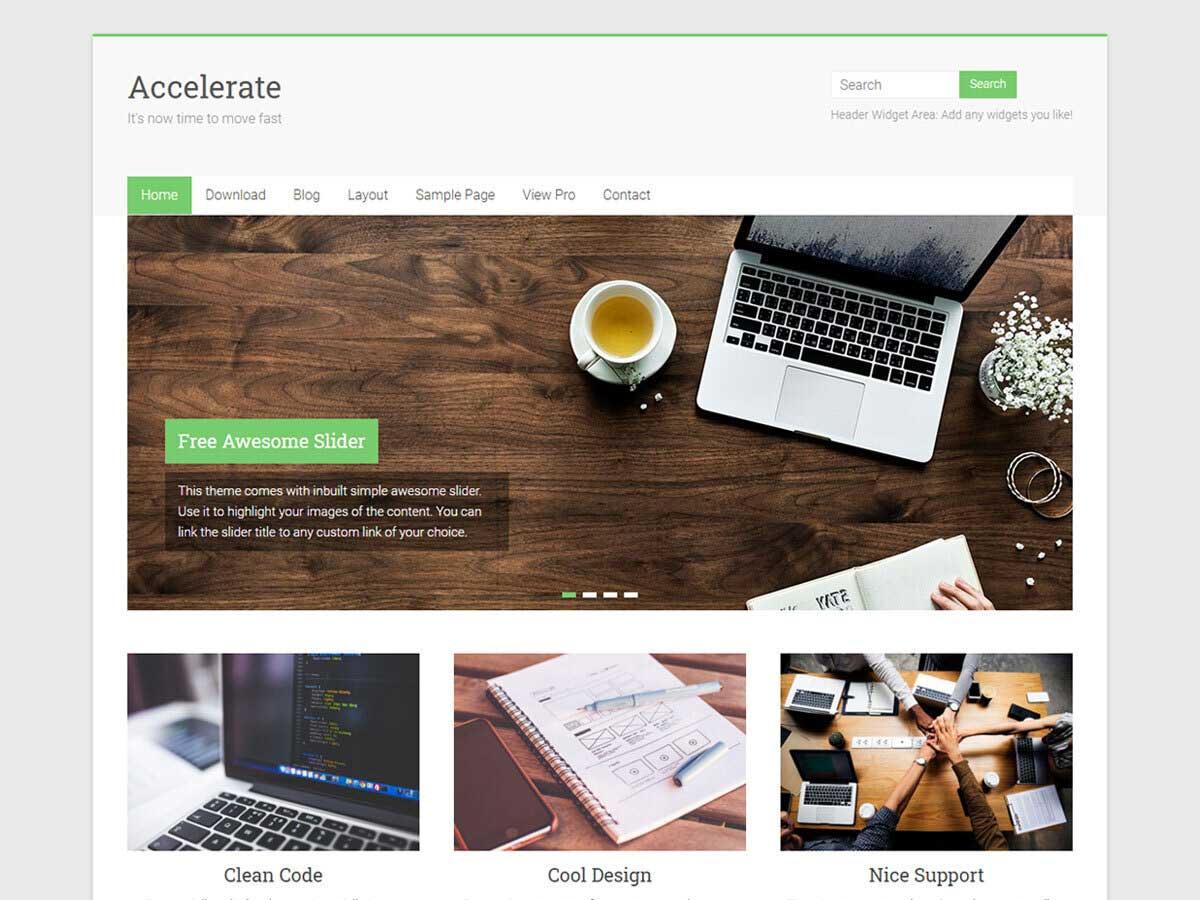
Compatibility with Plugins: What to Look For
When selecting a WordPress theme, one of the critical factors to consider is its compatibility with plugins. A theme that seamlessly integrates with a variety of plugins can significantly enhance your website’s functionality and user experience. Here are some key aspects to keep in mind:
- Plugin Compatibility: Ensure the theme you choose is built to work with popular plugins such as WooCommerce, Yoast SEO, and Elementor. Check the theme documentation or reviews to confirm its compatibility.
- Regular Updates: A theme that receives regular updates is more likely to be compatible with the latest versions of plugins. This not only improves security but also ensures that the theme works well with new features that plugins may introduce.
- Support for Custom Post Types: If you plan to use plugins that create custom post types (like portfolio or testimonials), make sure the theme supports these features. This will allow for better organization and presentation of your content.
- Performance Optimization: Some themes are optimized for speed and performance, which is crucial when using multiple plugins. A well-coded theme can prevent slow loading times and enhance the overall user experience.
To help you evaluate potential themes, consider creating a compatibility matrix that outlines how each theme interacts with your essential plugins. Here’s a simple example:
| Theme Name | WooCommerce | Yoast SEO | Elementor |
|---|---|---|---|
| Theme A | ✔️ | ✔️ | ✔️ |
| Theme B | ✔️ | ❌ | ✔️ |
| Theme C | ❌ | ✔️ | ✔️ |
By maintaining a clear overview of compatibility, you can make informed decisions that align with your website’s goals. Additionally, don’t hesitate to reach out to theme developers for clarification on compatibility with specific plugins. Often, they can provide insights into real-world user experiences and any potential issues that might arise.
remember to consider the community and support surrounding the theme. A vibrant community can be invaluable when troubleshooting plugin conflicts or seeking advice on optimizing your setup. Look for themes that boast active support forums and positive feedback from users, as this often indicates a well-supported product.
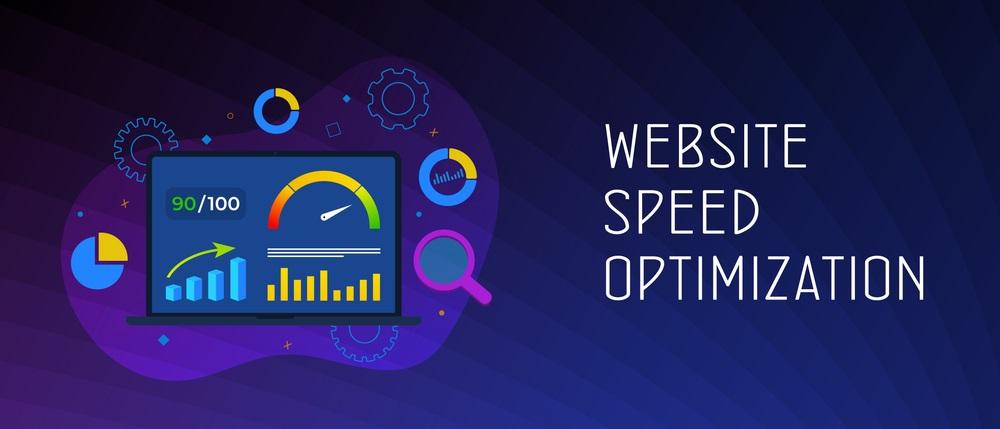
Checking for Speed and Performance Optimization
When it comes to picking a WordPress theme, speed and performance are paramount. A sluggish website can frustrate users and lead to higher bounce rates. Therefore, it’s essential to evaluate how well a theme can optimize speed without sacrificing design or functionality.
Start by considering the theme’s coding quality. Look for themes that are lightweight and follow WordPress coding standards. Poorly coded themes can significantly slow down your site, so invest time in researching the theme’s reputation. Check reviews and user feedback to ensure you’re choosing a theme that prioritizes performance.
Another crucial aspect is the theme’s responsiveness. A responsive theme will not only adapt to various devices but also enhance loading times. As mobile traffic continues to rise, having a theme that performs well on smartphones and tablets is non-negotiable. Test the theme on multiple devices to ensure it maintains speed and responsiveness across the board.
Don’t forget to take advantage of tools like Google PageSpeed Insights or GTmetrix to benchmark a theme’s performance. These tools can provide you with valuable data on load times and performance scores. A good theme should ideally score between 85-100 on these platforms. If a theme doesn’t meet this benchmark, you may want to reconsider your choice.
Lastly, ensure that the theme is compatible with popular caching plugins and optimization tools. A theme that works seamlessly with plugins like WP Rocket or W3 Total Cache can amplify your site’s speed. Here’s a quick comparison table of some popular themes and their performance ratings:
| Theme Name | PageSpeed Score | Responsive | Lightweight (KB) |
|---|---|---|---|
| Astra | 95 | Yes | 50 |
| GeneratePress | 90 | Yes | 30 |
| OceanWP | 88 | Yes | 50 |
By taking these steps to evaluate speed and performance, you’ll be well on your way to selecting a WordPress theme that enhances your website’s user experience. Remember, a fast site isn’t just a technical necessity; it’s a vital part of creating an engaging and successful online presence.
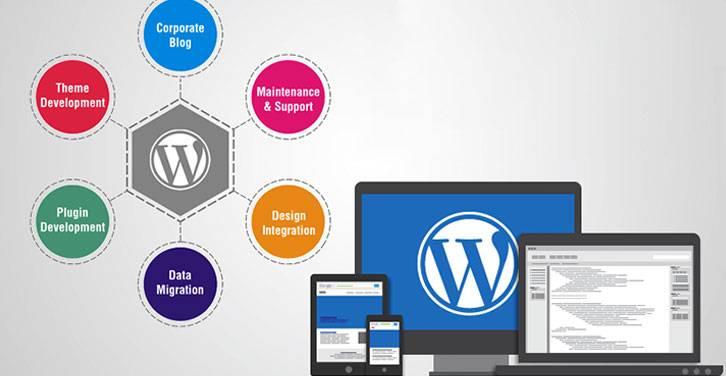
Finding the Right Support and Updates from Theme Developers
When it comes to selecting a WordPress theme, one of the most crucial aspects to consider is the level of support and updates provided by the developers. A theme that seems perfect today might not remain compatible with future WordPress updates or changing web standards. Therefore, opting for developers who are committed to ongoing support can save you a lot of headaches down the road.
Here are some key factors to keep in mind:
- Active Development: Look for themes that are regularly updated. Check the theme’s changelog to see how frequently new versions are released.
- Support Channels: Ensure that the theme developers offer multiple support channels—such as forums, live chat, or email. Quick and accessible support can be a lifesaver when you run into issues.
- User Reviews: Don’t just take the developer’s word for it; read user reviews. They often provide insights into the actual support experience, including response times and effectiveness.
- Documentation: Comprehensive documentation is a good indicator of a well-supported theme. It helps you troubleshoot problems independently and makes the theme easier to use.
Moreover, consider how the developers communicate their updates. Good developers will not only release updates but also inform users about what those updates entail. This can give you confidence that the developers are proactive about security and compatibility.
| Feature | Importance | Example |
|---|---|---|
| Regular Updates | Ensures compatibility with WordPress | Monthly updates |
| Support Access | Quick problem resolution | Email & Forum support |
| User Feedback | Real-world experience insights | 4.5-star average rating |
| Documentation Quality | Ease of use and troubleshooting | Step-by-step guides |
Ultimately, the right support and regular updates from theme developers can make a significant difference in your website’s longevity and functionality. Make sure to prioritize these factors during your search to ensure that you choose a theme that not only fits your aesthetic needs but also stands the test of time.

Making the Final Choice: Balancing Aesthetics and Usability
When it comes to selecting the perfect WordPress theme, striking the right balance between aesthetics and usability is crucial. A stunning design captures attention, but if it hinders user experience, you risk losing potential visitors. Here are some key aspects to consider:
- Visual Appeal: Choose a theme that resonates with your brand’s identity. Colors, fonts, and layout should work harmoniously to convey your message effectively.
- Responsive Design: Ensure your theme looks great on all devices. A responsive design adapts to different screen sizes, providing a seamless experience whether on a phone, tablet, or desktop.
- Load Speed: Aesthetics shouldn’t come at the cost of speed. Opt for themes that are optimized for performance, as slow-loading pages can drive users away.
- Navigation: A beautiful theme is useless if users can’t find what they’re looking for. Ensure clear, intuitive navigation that helps visitors easily explore your site.
- Customization Options: Look for themes that offer flexibility in design without requiring coding skills. This allows you to tailor the aesthetics to your liking while maintaining usability.
To further illustrate the importance of these elements, consider the following comparison of common themes:
| Theme Name | Aesthetics | Usability | Load Speed |
|---|---|---|---|
| Theme A | ⭐️⭐️⭐️⭐️⭐️ | ⭐️⭐️⭐️ | Fast |
| Theme B | ⭐️⭐️⭐️ | ⭐️⭐️⭐️⭐️⭐️ | Average |
| Theme C | ⭐️⭐️⭐️⭐️ | ⭐️⭐️⭐️⭐️ | Fast |
Ultimately, the best theme will be one that not only captivates your audience but also provides a user-friendly experience. As you sift through options, keep your target audience in mind. What are their preferences? What do they value in a website? By aligning your theme choice with their needs, you create a more engaging platform that encourages return visits.
a great WordPress theme should be like a well-tailored outfit—it’s not just about looking good; it should fit well and make you feel confident. Invest time into your selection process, and you’ll set your website up for success in 2025 and beyond.
Frequently Asked Questions (FAQ)
Q&A: How to Choose a WordPress Theme for Your Website in 2025
Q: Why is choosing the right WordPress theme so important?
A: Great question! Your WordPress theme is like the foundation of your website; it sets the tone for your brand and affects user experience. A well-chosen theme can enhance your site’s performance, help with SEO, and ensure your content looks fantastic on any device. In 2025, with evolving design trends and user expectations, picking the right theme is more crucial than ever!
Q: What should I look for in a WordPress theme?
A: You’ll want to consider several factors: responsiveness, loading speed, customization options, and SEO-friendliness. In 2025, a responsive design is non-negotiable; your visitors will access your site on various devices, and your theme should look great everywhere. Also, check out the customization features—can you easily tweak the colors, fonts, and layouts to match your brand? Lastly, a theme optimized for SEO will give your site a better chance of ranking higher in search results.
Q: Should I prioritize free themes or premium ones?
A: While free themes can be tempting, they often come with limitations in terms of features and support. Premium themes usually offer more robust functionality, regular updates, and dedicated support, which can save you time and headaches down the line. If you’re serious about your website, investing in a premium theme is generally worth it for the added benefits.
Q: Are there any specific design trends I should consider for 2025?
A: Absolutely! In 2025, we’re seeing a rise in minimalist designs, dark mode options, and bold typography. People are gravitating toward clean, uncluttered layouts that allow content to shine. Additionally, themes that incorporate micro-interactions—small animations that engage users—are becoming popular. Keep an eye on these trends to create a modern, appealing website!
Q: How important is theme compatibility with plugins?
A: Very important! Many websites rely on plugins for added functionality, such as SEO tools, contact forms, and e-commerce features. Ensure your chosen theme is compatible with popular plugins, especially those essential for your site’s goals. A theme that plays nicely with plugins can save you a lot of frustration and help you build a more powerful website.
Q: What’s the best way to test a theme before fully committing?
A: Many theme developers offer demos or live previews, which allow you to explore a theme’s features. Take advantage of these! Additionally, consider installing a theme on a staging site to test its performance and customization options without affecting your live site. This way, you can ensure it meets your expectations before making a final decision.
Q: Is it okay to change my WordPress theme later on?
A: Absolutely! It’s quite common for website owners to change themes as their needs evolve or as design trends shift. However, keep in mind that switching themes can affect your site’s layout and functionality. Always back up your site before making changes, and consider how the new theme aligns with your brand and goals moving forward.
Q: Any final tips for choosing a WordPress theme in 2025?
A: Don’t rush the process! Take your time to explore different themes, read reviews, and perhaps even reach out to others who have used them. A well-chosen theme can be a game-changer for your website, so choose wisely! And remember to prioritize usability, aesthetics, and how well the theme aligns with your brand’s message. Happy theme hunting!
Concluding Remarks
As we wrap up our journey through the world of WordPress themes in 2025, it’s clear that choosing the right theme is more than just a design decision—it’s about creating a captivating user experience that resonates with your audience. Remember, a well-chosen theme can be the foundation upon which your online presence thrives.
So, as you sit down to make your selection, keep your brand’s identity, functionality needs, and future growth in mind. Don’t hesitate to explore, test, and even seek feedback from your peers. The perfect theme is out there waiting for you, and it’s the key to unleashing your website’s full potential.
Now, go ahead and take the plunge! Your ideal WordPress theme is just a click away, and with the right choice, you’ll be well on your way to crafting a stunning and effective website that makes a lasting impression. Happy theming!


